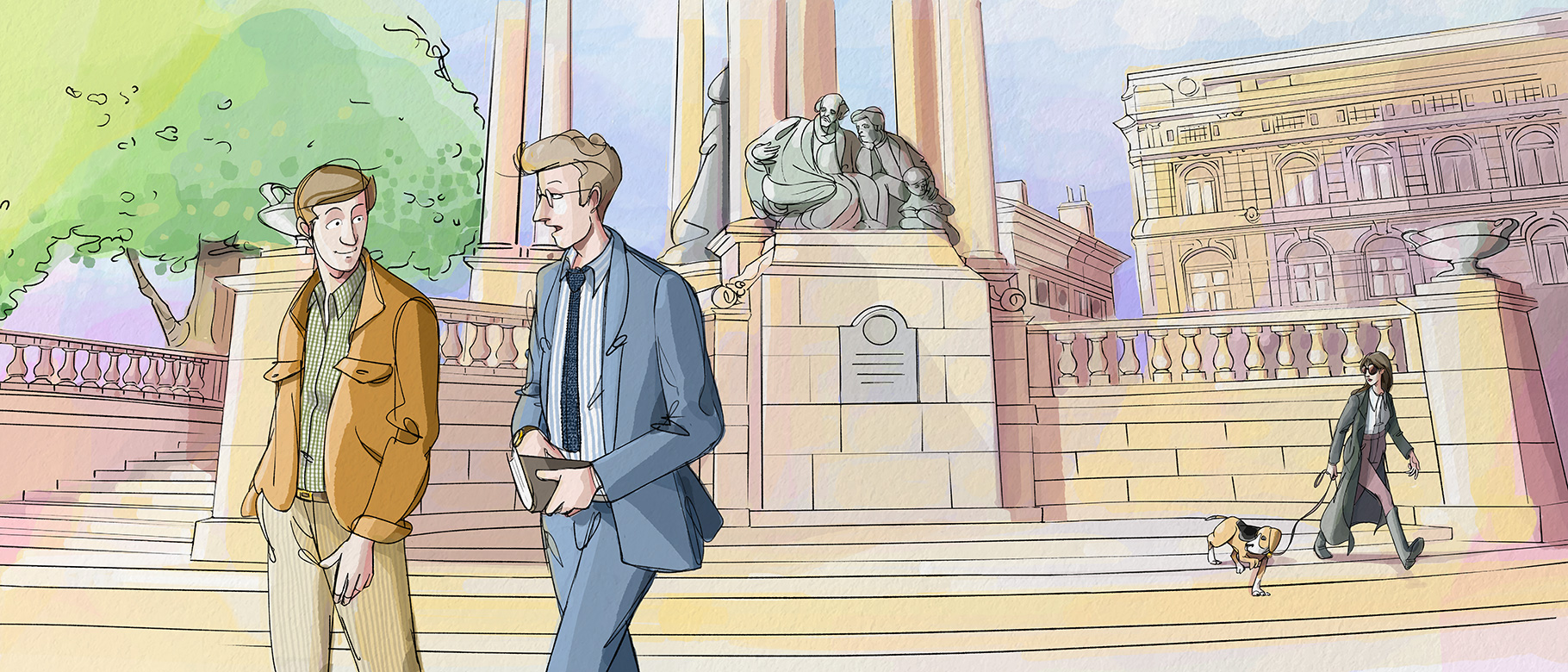

Ah, checks, stripes and prints. Tricky style territory to conquer, right? I’ve always thought so, and through fear of looking like I just returned from a tour with the circus, I’ve steered clear of most patterns throughout my life. Don’t get me wrong, the extravagant ones occasionally work for me. Something like a nehru-collared paisley shirt paired with bright chino kecks and a shearling-trimmed jacket has the potential to look pretty incredible – but only if it’s 1970 and you’re George Harrison basking in the flamboyant aftermath of Sgt. Pepper.
Now, I’m not comparing myself to George (the thought is quite laughable), but I do share a hometown with him and the other Beatles lads, so when I first started getting into clothes, their Liverpudlian style cues naturally had some influence on my taste. And on the patterned side of things, it was their two most traditional choices that I fell in love with: stripes and checks.
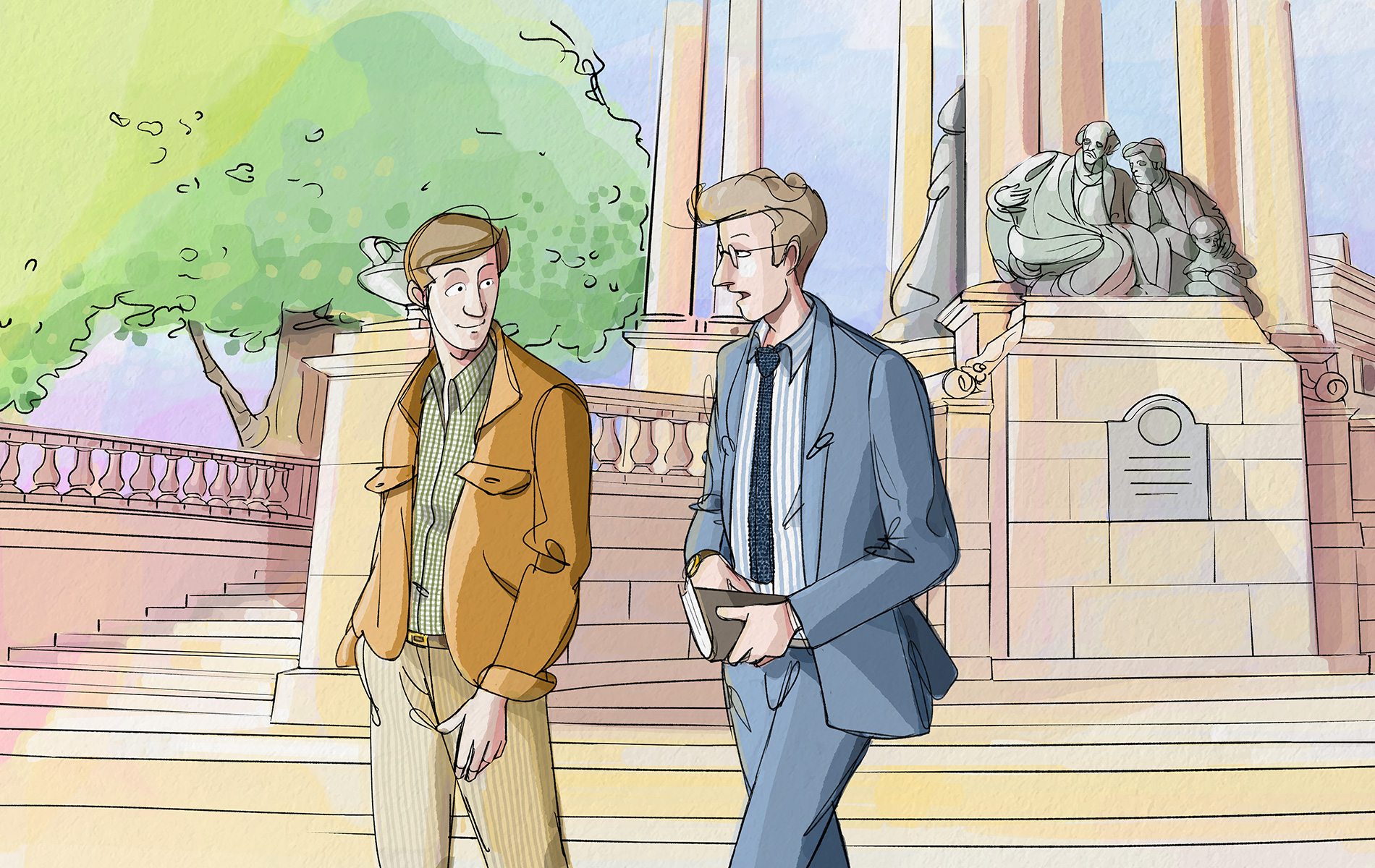
I see these two patterns as separate entities to the rest of the family, the reason being that their place in men’s wardrobes has, culturally speaking, rooted itself in the classic. Take the stripe. If we go way back to ‘ye olden days or yore’, it carried negative associations, used to delineate prisoners and criminals from the rest of society in the middle ages. But, skip forward a few-hundred years and by the end of the nineteenth century things began to change, as British Royals started plastering stripes across sailor suits for yachting events (what else?). From here, its newfound style kudos was heightened by artistic figures who saw the stripe for what it was; a simple and beautiful design which, when worn in shirt form (vertically printed, might I emphasise), streamlined the silhouette into a slim and smartly stylish figure. Google Yves Montand, James Dean, David Hockney, Davie Bowie, Jean-Paul Belmondo, Peter O’Toole or Paul Newman alongside ‘striped shirt’ – you’ll instantly get it.
Moreover, their ways of styling a striped shirt still feel totally relevant today. So the big question: where do you start? For me, it’s easy. With a white cotton poplin blessed with an ultra slim, narrow spaced blue stripe – many variations of which you can find in Thomas Mason’s perennially useful Downing collection. I call this the pinnacle design of striped shirts, simply because it works with such a spectrum of outfits. With a tailored ensemble in mind, I’d layer it under a single breasted, charcoal twill suit (best for the cooler months) and accessorise it with a slim patent belt, strap leather loafers and a navy knitted tie (to match the colour of your stripe). For something more casual, lose the tie, unbutton the shirt a bit and tuck it into a pair of straight cut selvedge jeans. On the feet, desert boots. Over the shirt, a beige trench.
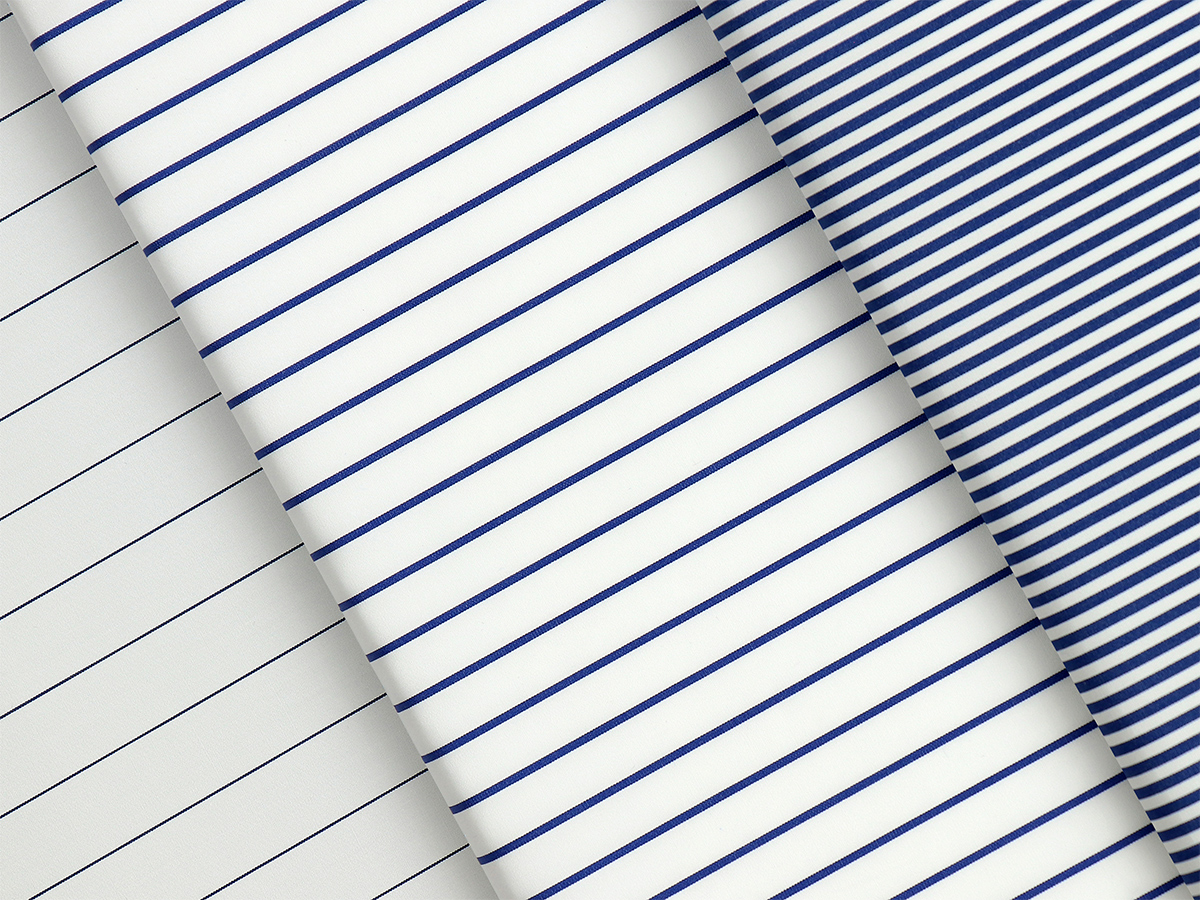
This latter direction is something I’d pay a bit more attention to if your striped shirt is a bolder colour. Something like an indigo blue base topped with burgundy doubled stripes (see Thomas Mason’s Regent collection for reference) plays more in line with collegiate dress codes so there’s more scope to have fun. Jeans would absolutely work, but equally, you could go for some black cords (I advise a darker shade so your shirt becomes the natural focal point of your look) along with some suede penny loafers. It is a confident, playful and tastefully informed approach to striped shirting, and it’s proof that stripes shouldn’t just be pulled out for office occasions. That said, I also encourage you to work in a relaxed striped shirt from home – I’m sure you’re in need of some sartorial optimism these days.
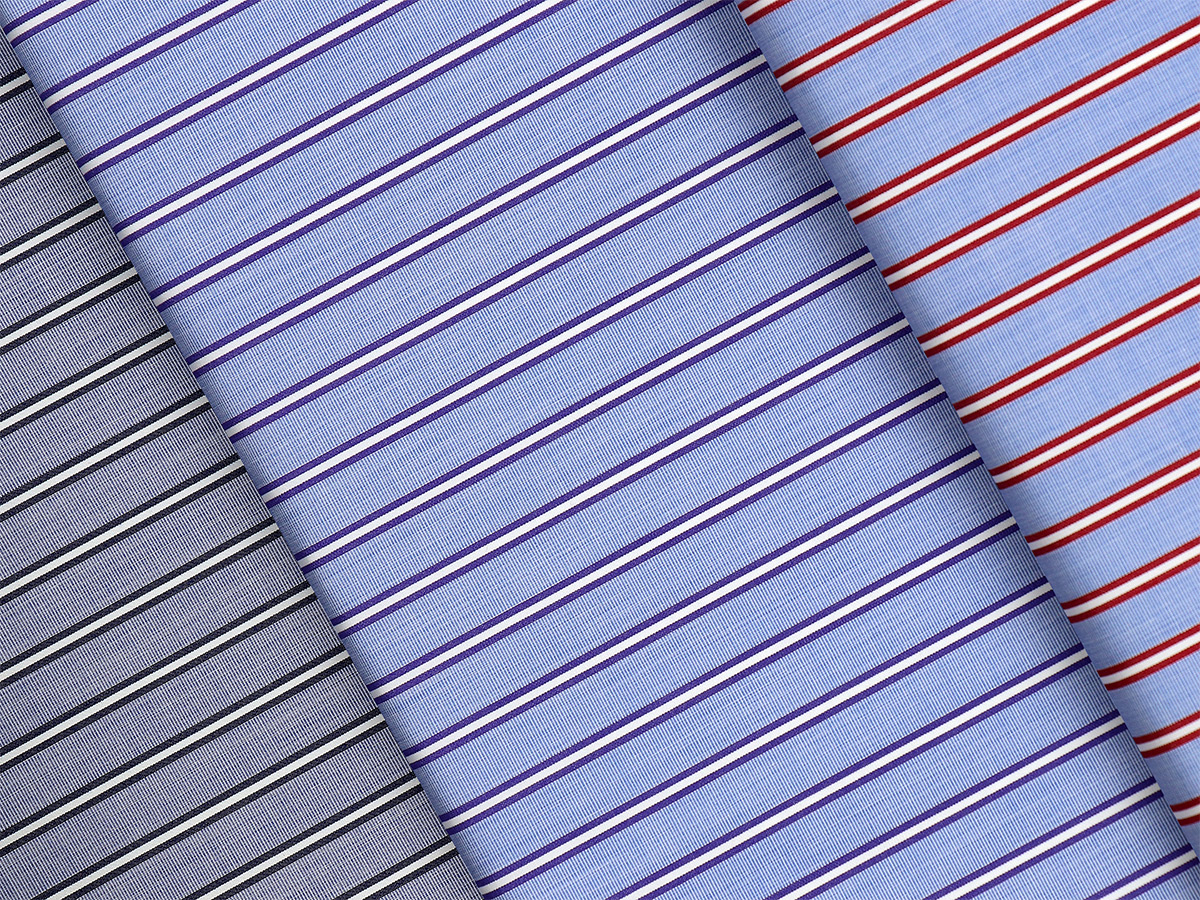
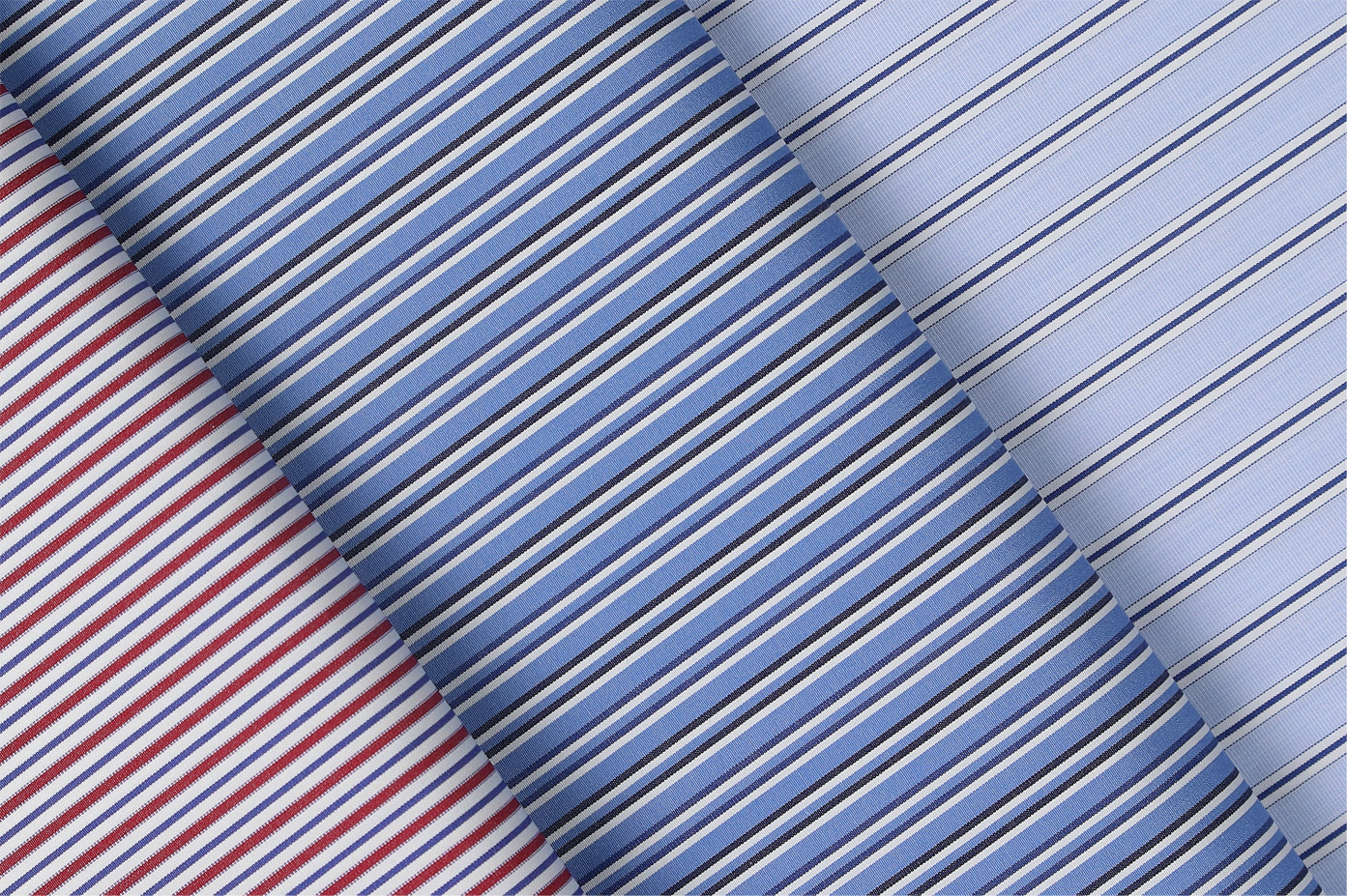
This versatile approach to styling rings true for our other aforementioned pattern: check. Mastered by the likes of Kirk Douglas, William Fawcett, Robert Redford and Marlon Brando, the effect upon wearing is a little more casual than a stripe. Thanks to brushed cottons, tartans and Western shirts, checks have long found themselves in rugged, hands-on environments, and with that in mind, I’d suggest that a checked shirt is more suited to spring and summer – the seasons when you’re more likely to dress down your outfit and, perhaps, pull on Western-influenced pieces. Case in point for said attire: Thomas Mason’s olive option from the Twill 1818 range. Picture this generously unbuttoned, tucked into some vintage 501 Levi’s, finished with a fierce brown buckle belt and topped with a billowing suede jacket (featuring fringes, if you dare). Now that’s a real menswear moment.
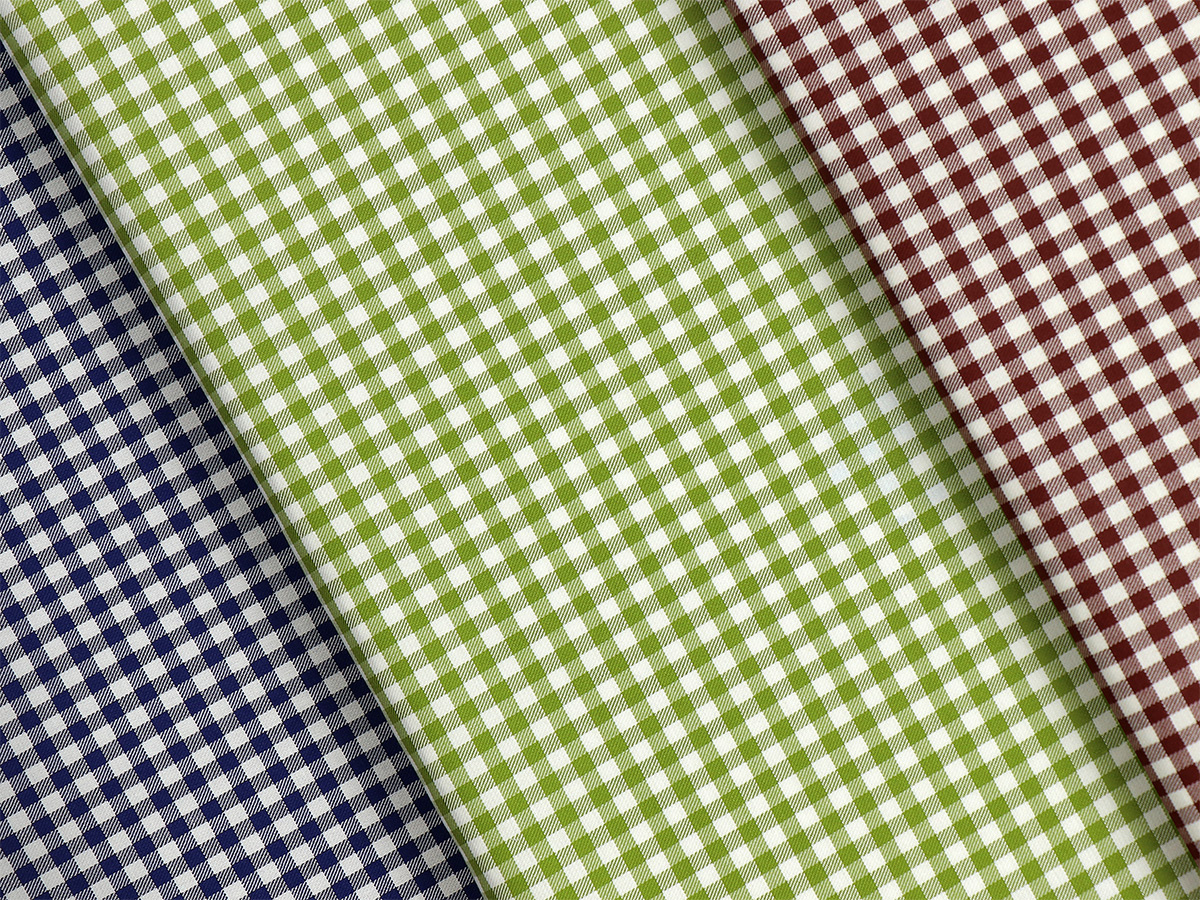
For those curious about a checked shirt with a suit, this has the power to be a seriously chic option, but given the casual connotations of checked fabrics, I advise you choose a less saturated, more refined design and pair it with an unstructured two-piece (perhaps a light linen suit or a painter’s jacket for a touch of workwear pizzaz). Oh, and one final note: summer tips aside, it’s pretty chilly right now, so you could try a checked number in the super-narrow black and white gingham in Thomas Mason’s Zephir 1818 collection. Sure, it’s a lightweight fabric, but monochrome colours lend themselves to cool weather dressing. I see this tucked into some black high waisted trousers (slight flare, maybe? I’m into it), topped with a cropped blouson leather jacket and based with sleek black leather boots. Studio 54 sex-appeal is important.
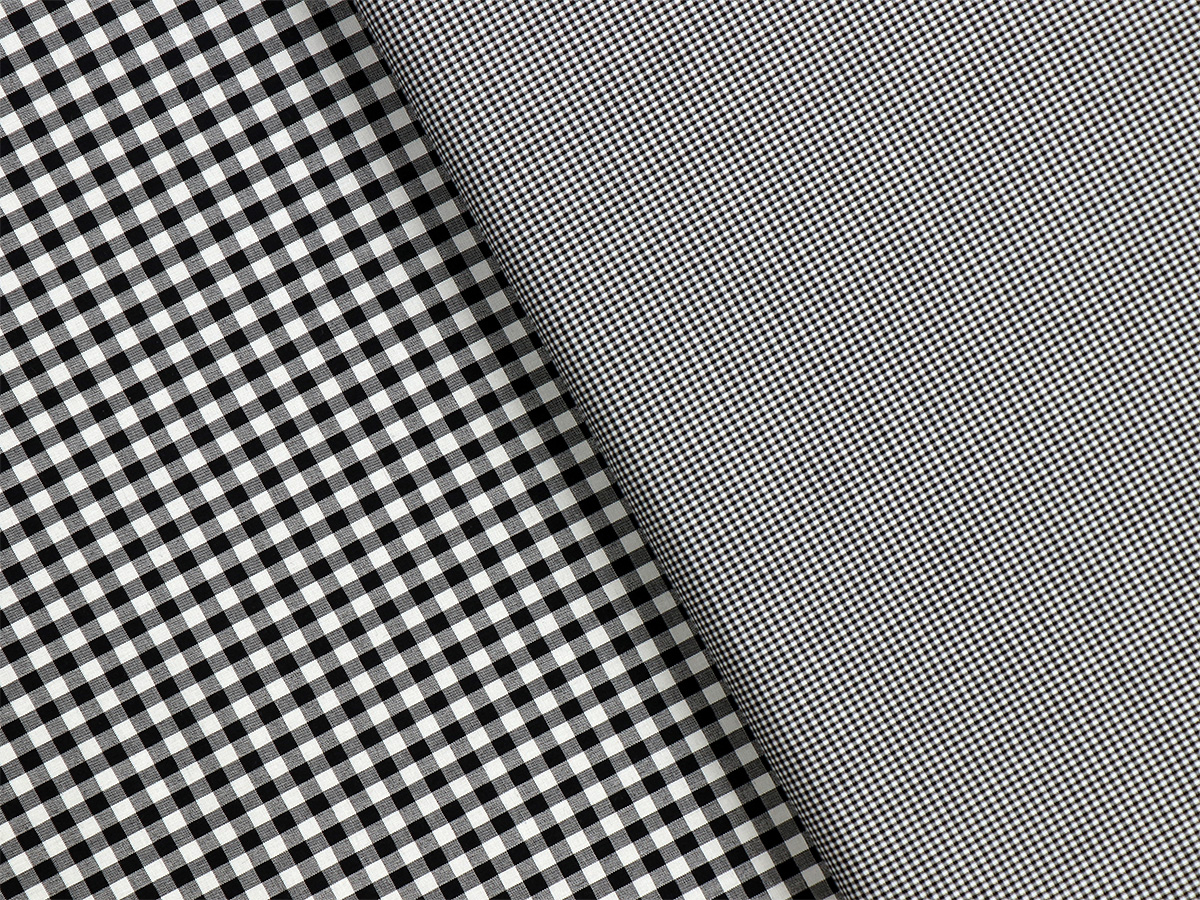
There you have it. Two classic shirts, two totally different backgrounds, but evidently, two really smart pieces to experiment with. You know what to do. Jump on it, stat.
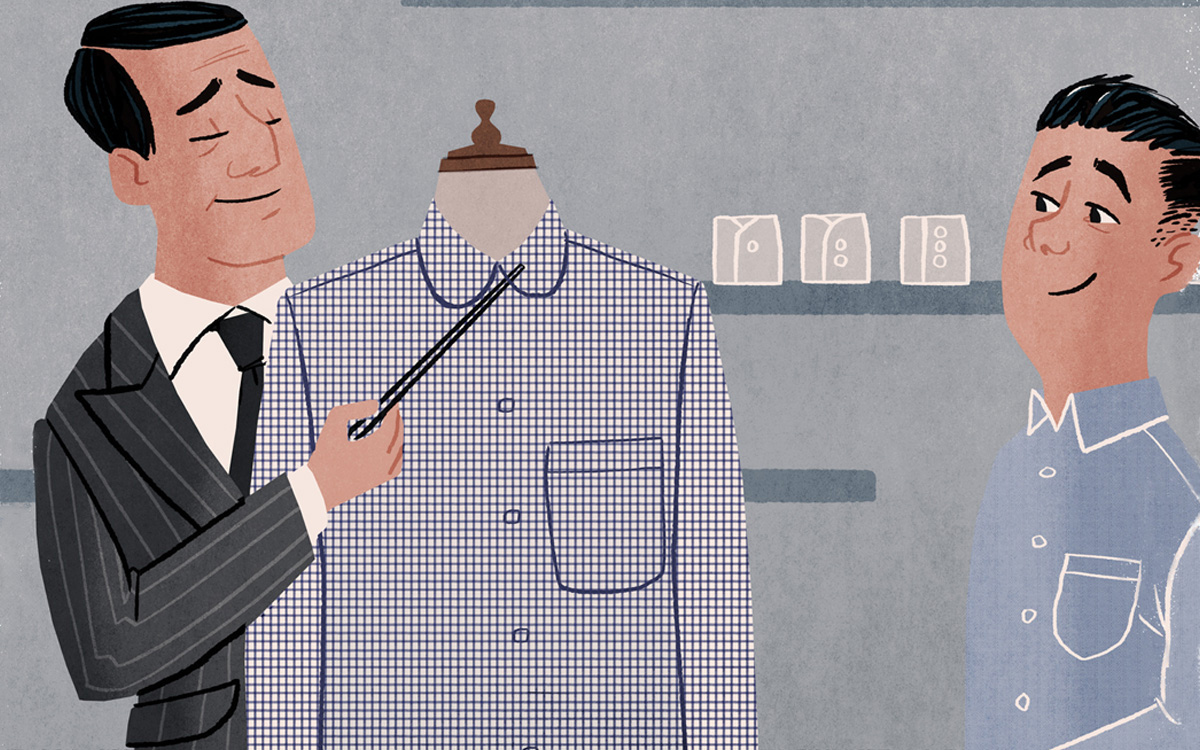
Shirt collars, cuffs and a guide to proportion
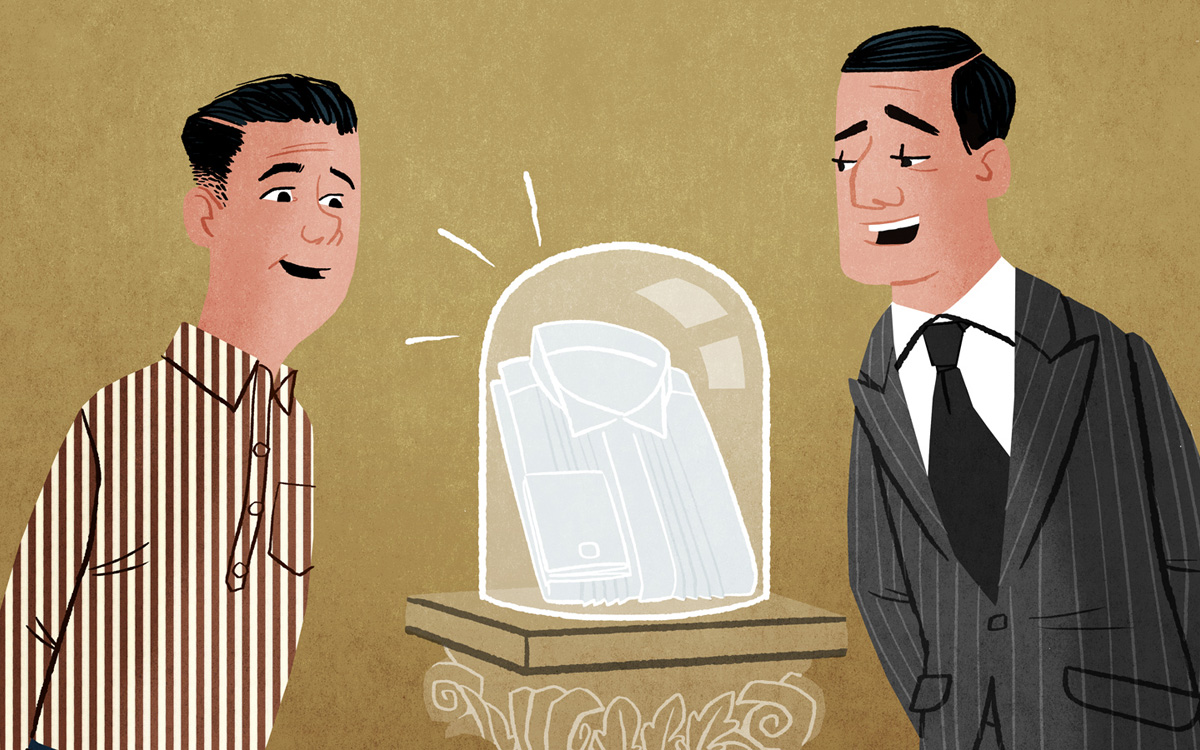
From American Oxford to Giza 87: in search of the perfect white shirt
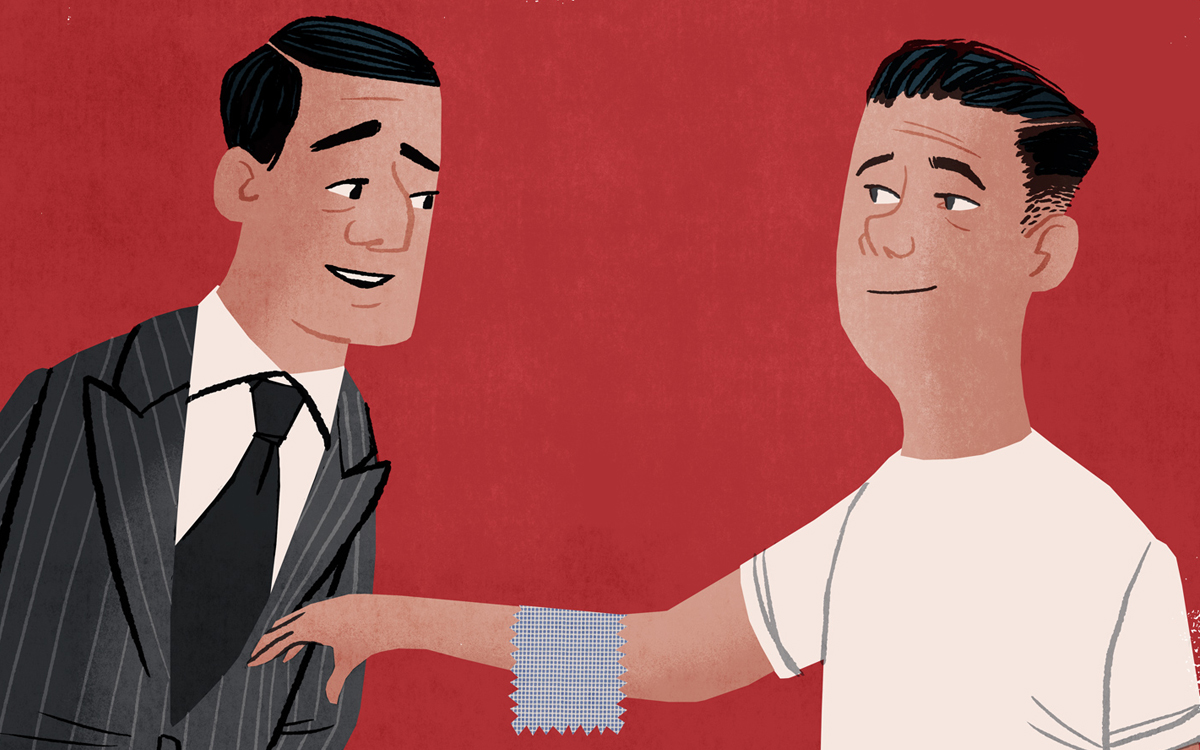
Understanding Texture and Tone
Cotonificio Albini S.p.A. - Via Dr. Silvio Albini 1, 24021 Albino (BG) – Italy
Società con unico socio - diretta e coordinata da Albini Group S.p.A.
P.I. 01884530161 - C.F. 08743540158 - Iscritta al Registro Imprese di Bergamo - REA 244649
Capitale sociale sottoscritto e versato € 11.170.960